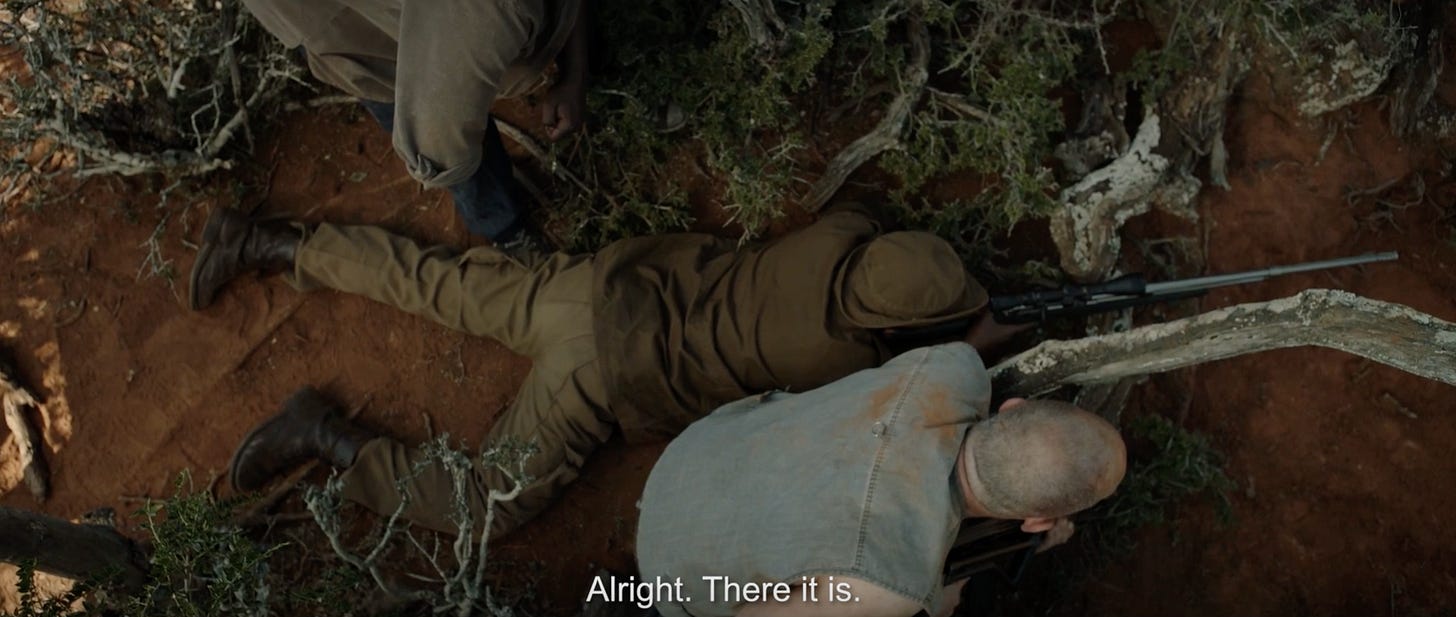Where should the camera go? (Part 1)
Looking at a scene.
When you begin filming, one of the first questions you face is deceptively simple:
Where should the camera go?
It sounds like a technical choice, but it is really a question about meaning. Camera placement is storytelling. It’s not about finding the “correct” angle; it’s about finding the one that says what you want to say.
In this post, we will explore how to read a scene through the lens of camera placement, using the Inquiry Cycle as our guide. This is Part 1, which focuses on analysis. In Part 2, we will take these same steps and use them to set up a scene of your own.
You can work with any scene or short film you like. Even 30 seconds is enough.
The inquiry cycle approach:
Tuning in: Have students identify the core intention of the scene - empathy, solidarity, resistance, etc.
Finding out: What must the audience know (geography of space, emotional stakes, relationships)?
Sorting out: Analyse actor movement and spatial arrangement.
Going further: Examine how the camera moves (or doesn’t) and how framing affects meaning.
Making conclusions: Discuss how camera and performance choices reinforce intention.
Reflecting: Ask how different angles or framing could change the emotional effect.
Tuning in
The main question is - What is this scene about?
Not “what’s happening in the plot,” but what really matters here.
Is it about power? A secret? A turning point in a relationship?
You are looking for the core intention of the scene, the thing the director wants us to feel or understand.
Finding Out
Watch the scene. What information does the audience absolutely need?
Who is present
Where are they in relation to each other, the setting, and the camera?
What are they feeling? How can you tell?
What changes between the first and last image?
Tip: Watch once with the sound off. This forces attention on visual storytelling — character placement, body language, framing, and spatial relationships.
Sorting Out
Look closely at blocking. Where the actors are positioned and how they move.
Who is close to whom?
Who moves toward or away from someone?
Who is separated?
Who is in the foreground, middle ground, or background?
How does positioning shift from image to image, and what does that suggest about relationships or tension?
Blocking creates meaning in action — it sets up relationships and tension before the camera even moves.
Going Further
How does the camera behave?
Is it still or moving? If it moves, why?
Does it follow one character or hold the group?
Wide or close-up?
Eye-level, high, or low angle?
In focus or out of focus?
Static or part of a sequence suggesting movement?
Camera behaviour is not just about coverage; it’s a performance choice that directs attention and shapes emotion.
Making Conclusions
Step back and connect the dots.
How do blocking and camera choices work together to express the intention?
What are these choices saying?
Could the same scene be shot differently and feel completely different?
Reflecting on Your Understanding
Challenge: If you had to reshoot this scene with the same dialogue and location, what would you change about camera placement or movement to shift the meaning?
Once we realise camera placement is an interpretation, not a rule, we start thinking like filmmakers.
Next time, in Part 2, we shift the focus from analysis to practical filmmaking. Still following the inquiry cycle, explore how to design a scene from scratch and make camera decisions before the camera even comes out of the bag.
The Last Ranger (2024) is a short film about the rangers who risk their lives to protect the rhino population at risk from poaching.
When young Litha is introduced to the magic of a game reserve by the last remaining ranger, they are ambushed by poachers. In the ensuing battle to save the rhinos, Litha discovers a terrible secret. (MUBI)





